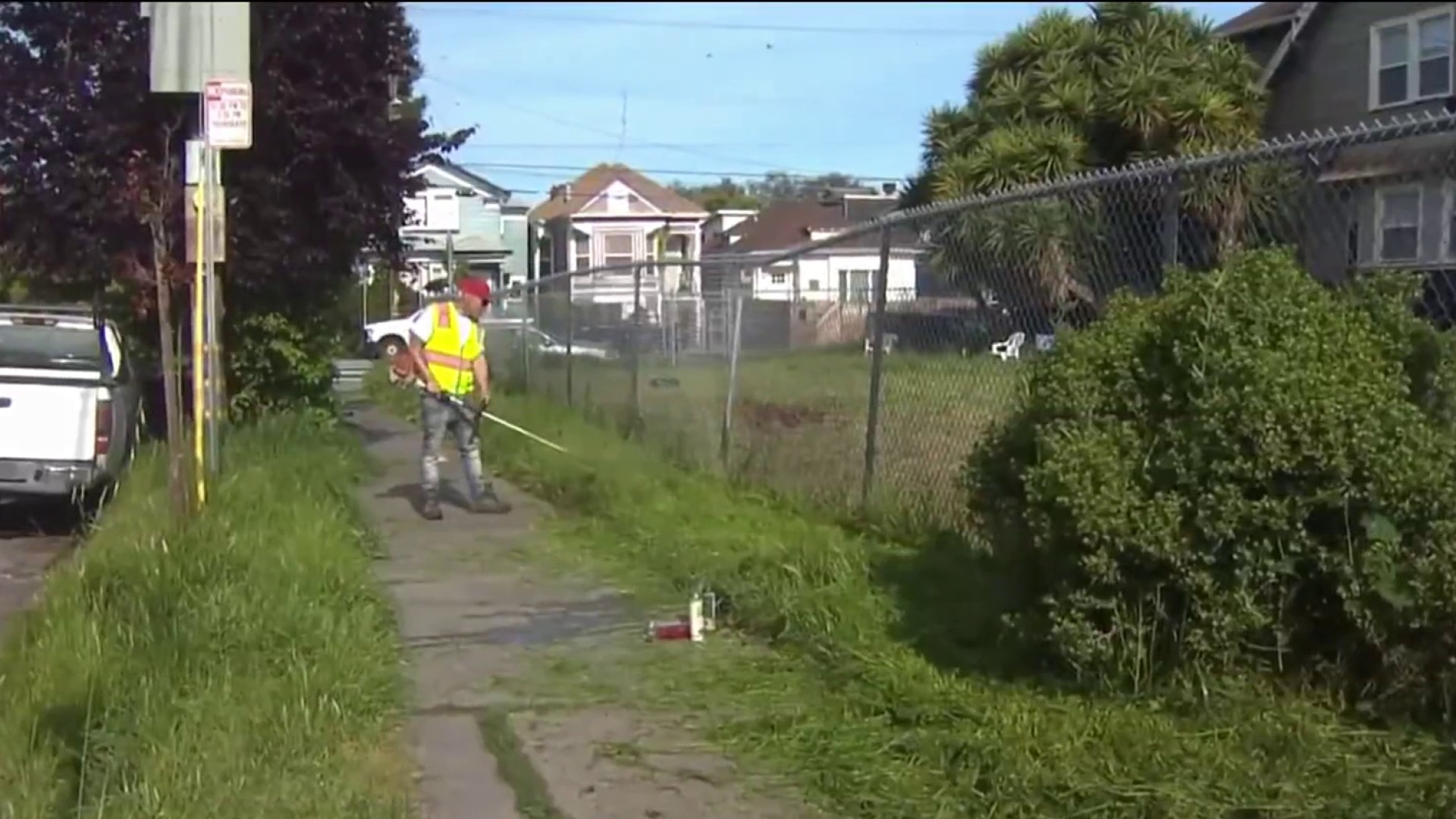Service disruptions and weekend shutdowns are becoming what one BART official calls "the new reality" as the system managers struggle to get a grip on a $10 billion backlog of maintenance that is expected to last a decade.
As BART enters its fifth decade of service, workers at the system’s Hayward maintenance yard are forced to be creative when they scrounge for parts, said Richard Severo, yard maintenance superintendent and 19 year veteran.
“The computer systems,” he said, are obsolete, “so we need to look for those parts, sometimes on eBay, because the computer companies don’t make them anymore.” Crews sometimes have to design and fabricate parts in house, because no one makes them any more.
“We are a shop that, we make stuff, we go out and find it somewhere else and we try to make the cars run as best as possible,” says Severo.
Last summer, air conditioners – mounted under trains because of space limits prevent rooftop units from being used in the Transbay Tube – started failing at a clip of five a day.
Severo’s team got the job of overhauling hundreds of them in time for this summer. The hope is to restrict failures to as few as one a day.
Other crews in Hayward resurface one-of-kind steel rims that wrap around lightweight aluminum hubs – work that BART officials hope will allow the trains to run for as much as five years without replacing them.
Local
Recently, crews were tasked with rebuilding dozens of train electrical components that were burned out in still unexplained power surges.
Whatever the task, Severo said it is surely to be daunting one. “It’s like buying a computer in 1980 and trying to keep it alive today,” he said. “You go back and say…can you repair this? And they are going to look at you and say: this thing belongs in a museum.”
There is no doubt BART’S maintenance need has reached critical mass after 40 years or more in service, said Randy Rentschler, spokesman for the Metropolitan Transportation Commission.
“The single most important thing is that BART isn’t young any more in fact it’s past middle age and it needs a great deal of maintenance,” he said.
The maintenance backlog is aggravated by the fact that workers have less than two hours each weekday to do vital track maintenance, between the last train at 1:45 a.m. and system start up at 3:45 a.m., according to Paul Oversier, BART operations manager.
“It’s really one of the more challenging parts of maintaining this infrastructure,” he said. To bridge the gap, BART is relying on weekend shutdowns – allowing a year’s worth of every day work to be done in just a few weekends.
“That’s the new reality for BART,” Oversier said.
The decision to move to weekend work was necessitated, in part, by the dire state of BART’s crossover switches – which allow trains to be diverted onto tracks to avoid problems. BART had considered two recent derailments at these crossovers switches, also known as interlockings, to be isolated failures. But then inspections revealed that the track ties used at the switches were crumbling. Some 40 were deemed in need of repair.
So far, BART has fixed just three of them in what the operations manager says is an “aggressive program” to get a handle on the problem. So far, interlockings have been rebuilt in West Oakland, Fruitvale and the work is in process in San Leandro.
“Three out of 40 -- we have a long ways to go,” Oversier said. “Tearing out an interlocking, replacing the ties and putting a new interlocking in place is a major job for us, and it can’t be done in a 90 minute maintenance window.”
The repairs could mean weekend shutdowns over the next decade and the total cost will exceed $600 million.
Larry Dahms, who headed the Metropolitan Transportation Commission after working for BART in its early days, said paying for maintenance is a hard sell compared to system expansion.
“If you follow the money, if the money is made available for extensions, then you’ll build extensions,” he said. “Absent an adequate funding system, our transportation system has deteriorated.”
BART board member Tom Radulovich agrees that maintenance has historically taken a back seat as the system grew.
“It wasn’t wrong to expand, it made sense to go to the airport and San Mateo county, out to the suburban areas,” he said. “However, the way we did it was, should have been…it wasn’t the right way.”
He says the proposed November ballot measure will direct $3.5 million to where it is most needed, safety and maintenance.
“At this point, BART needs to mature. It’s not about branching out anymore. It’s about focusing on the core in way that BART never has,” he said.
But Oversier says even with all that bond money, BART’s will still need more money to rebuild the system. He noted that the bond measure will only provide $1 billion out of the $2.5 billion critically needed to rebuild its rapidly deteriorating system of more than 200 miles of high-voltage power cables as well as some of the most dilapidated of its 60 power substations.
“These high voltage cables are one of our biggest vulnerabilities,” he said.
Oversier said that with the bond money and $5 billion raised from a variety of sources, BART will still be shy about $1.5 billion in overhaul costs in coming years.
Meanwhile, the system has other challenges besides maintenance. It is running at near capacity and on-time performance is has lagged in recent years. That is the story we are working on for Wednesday.



